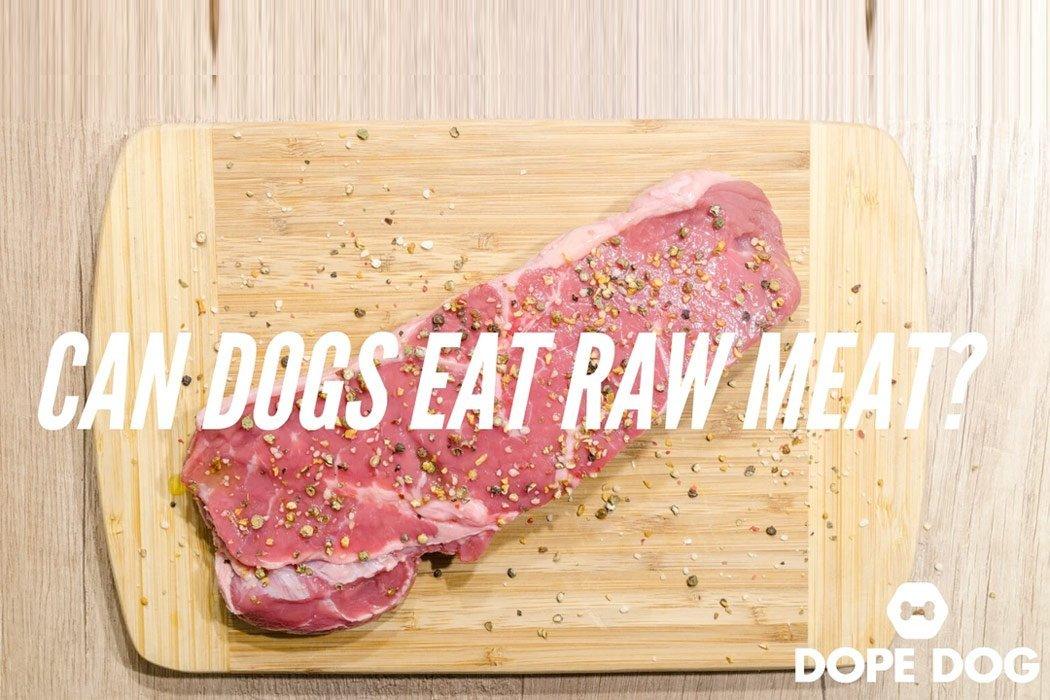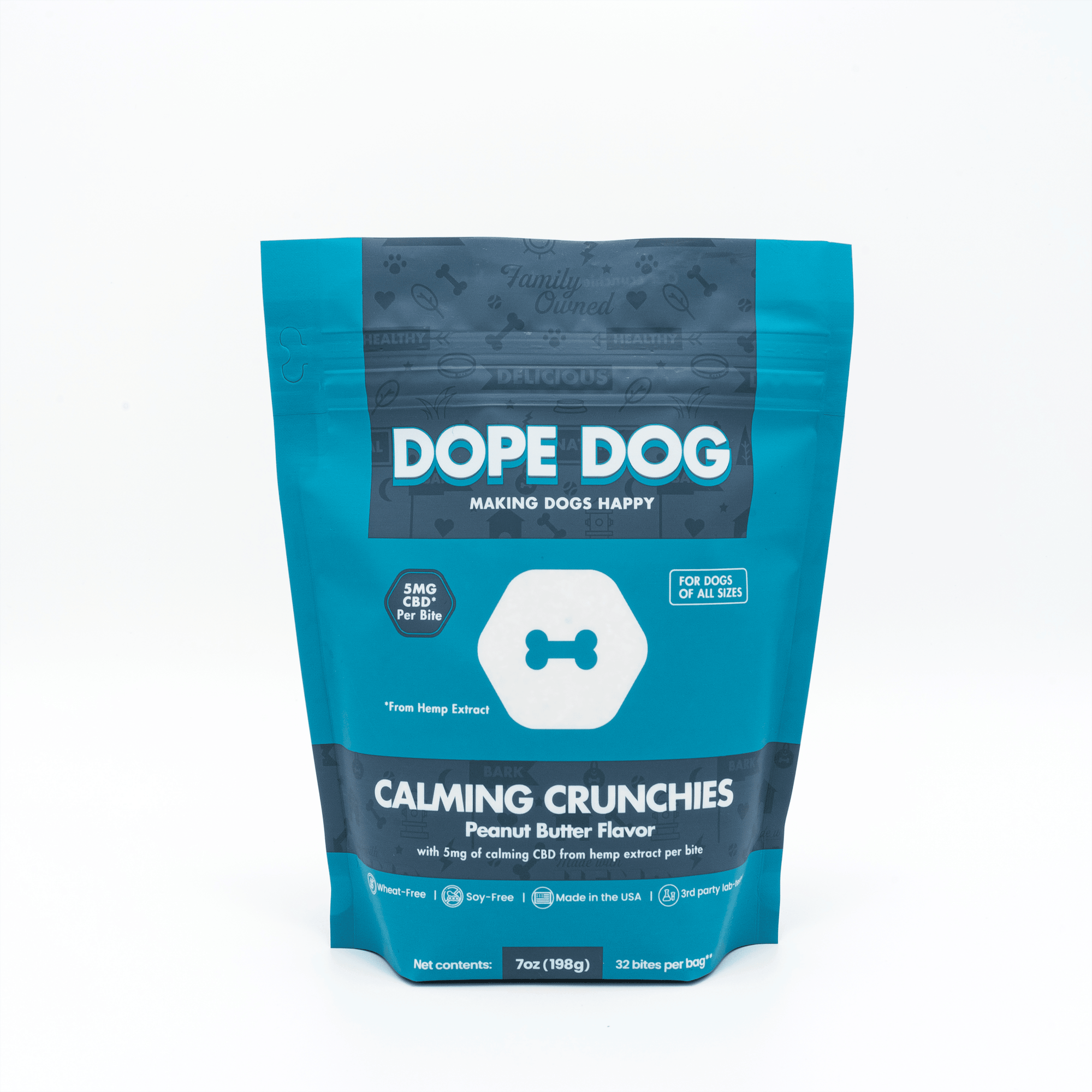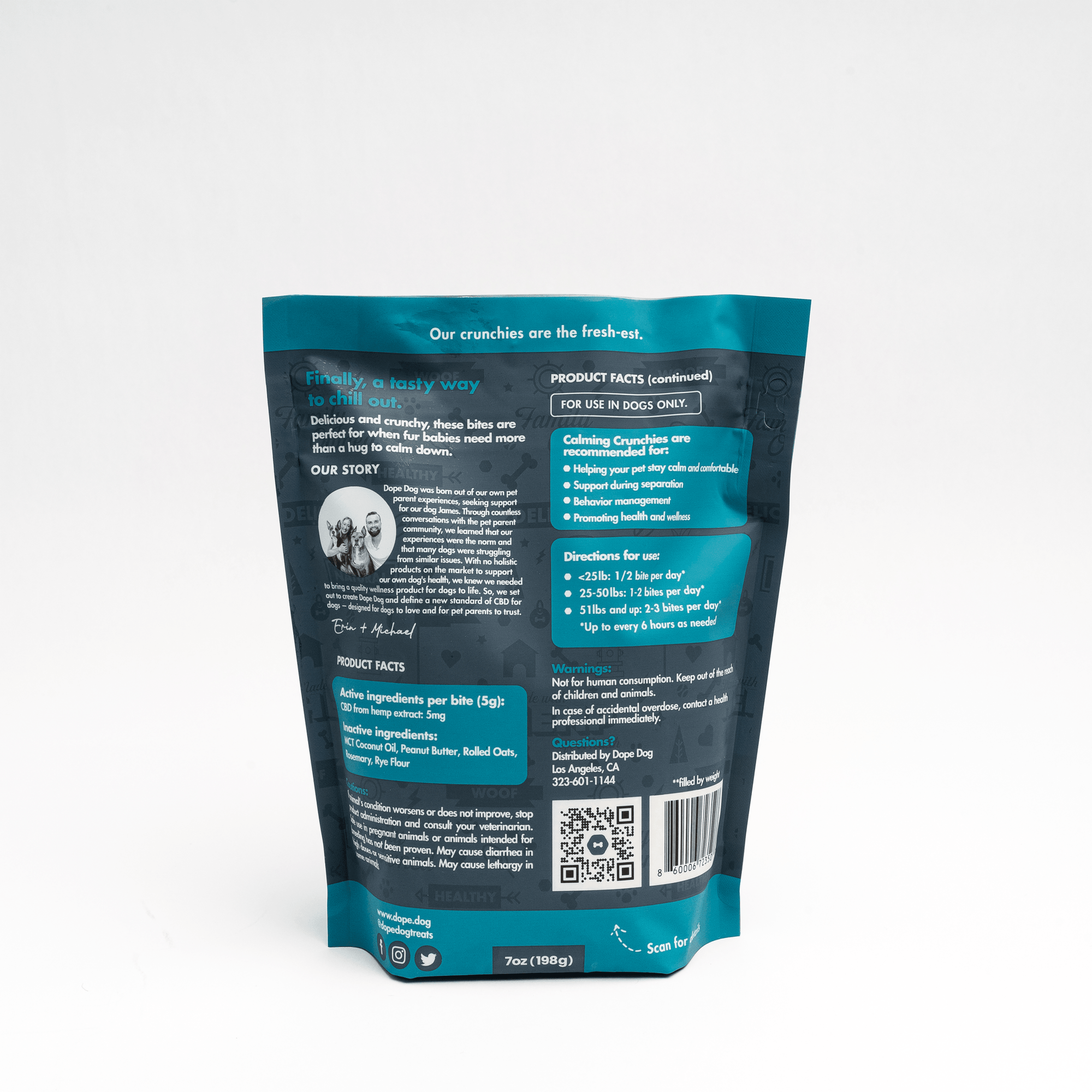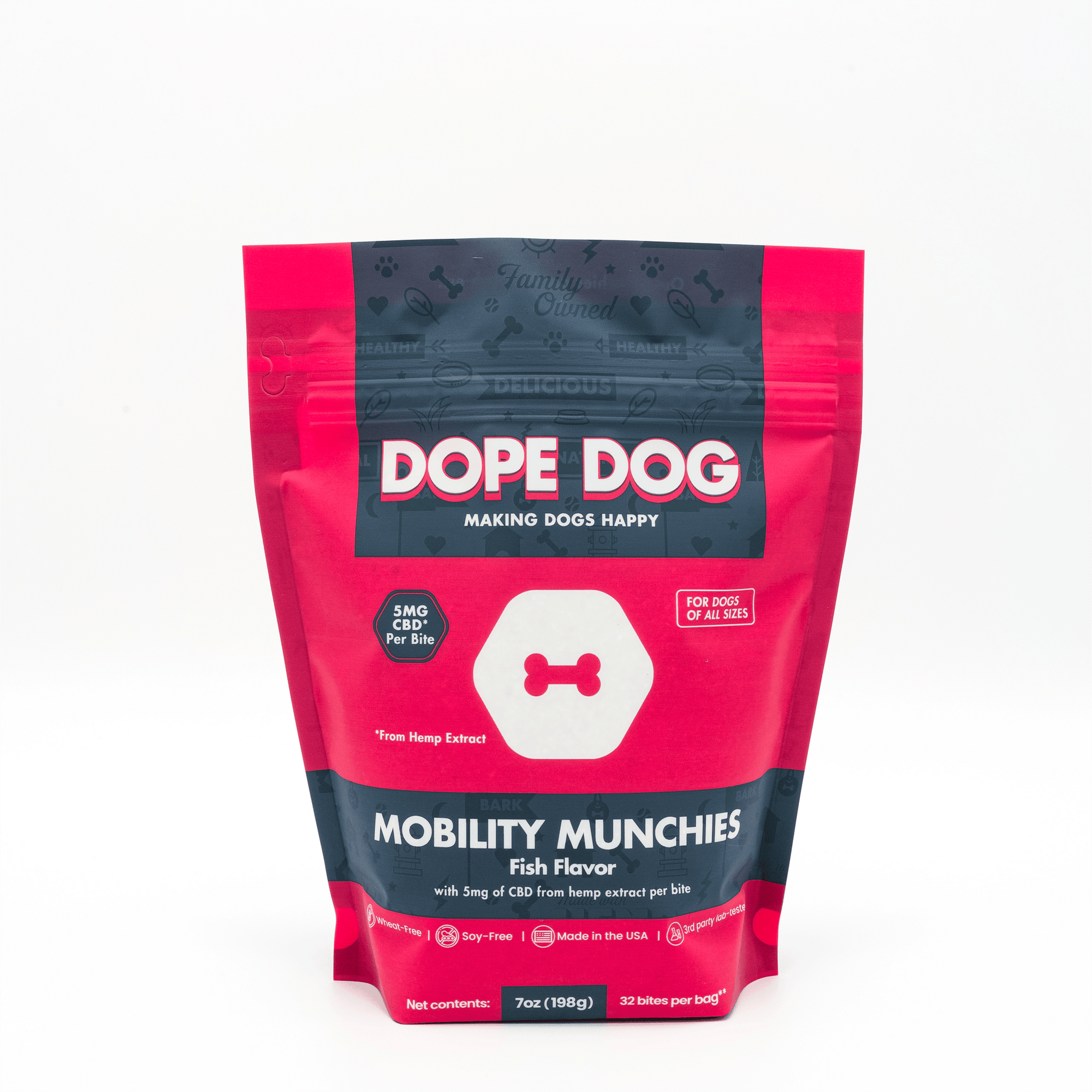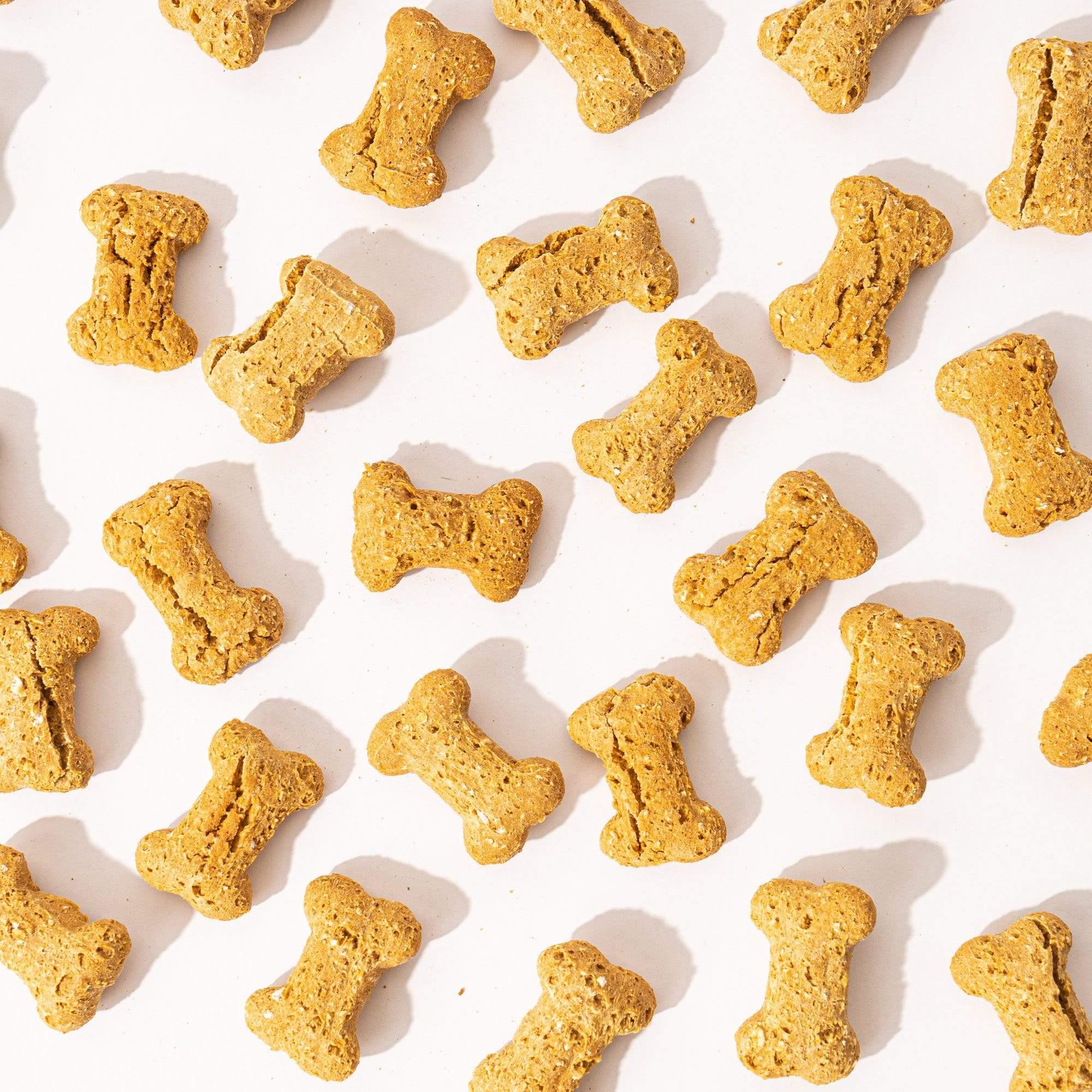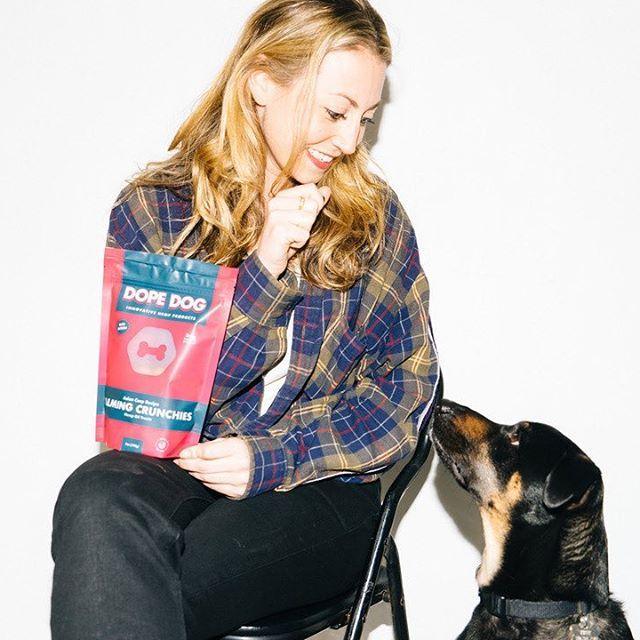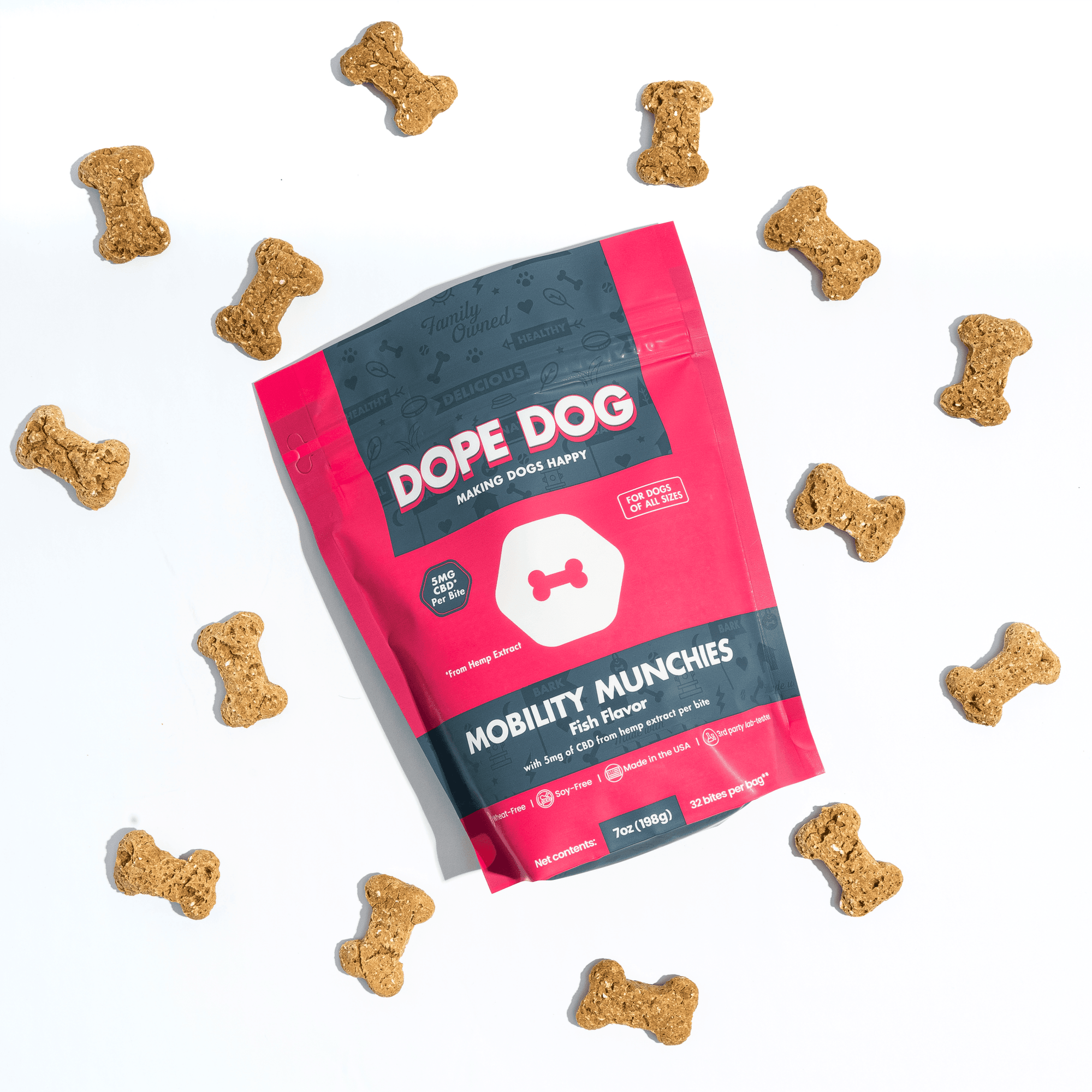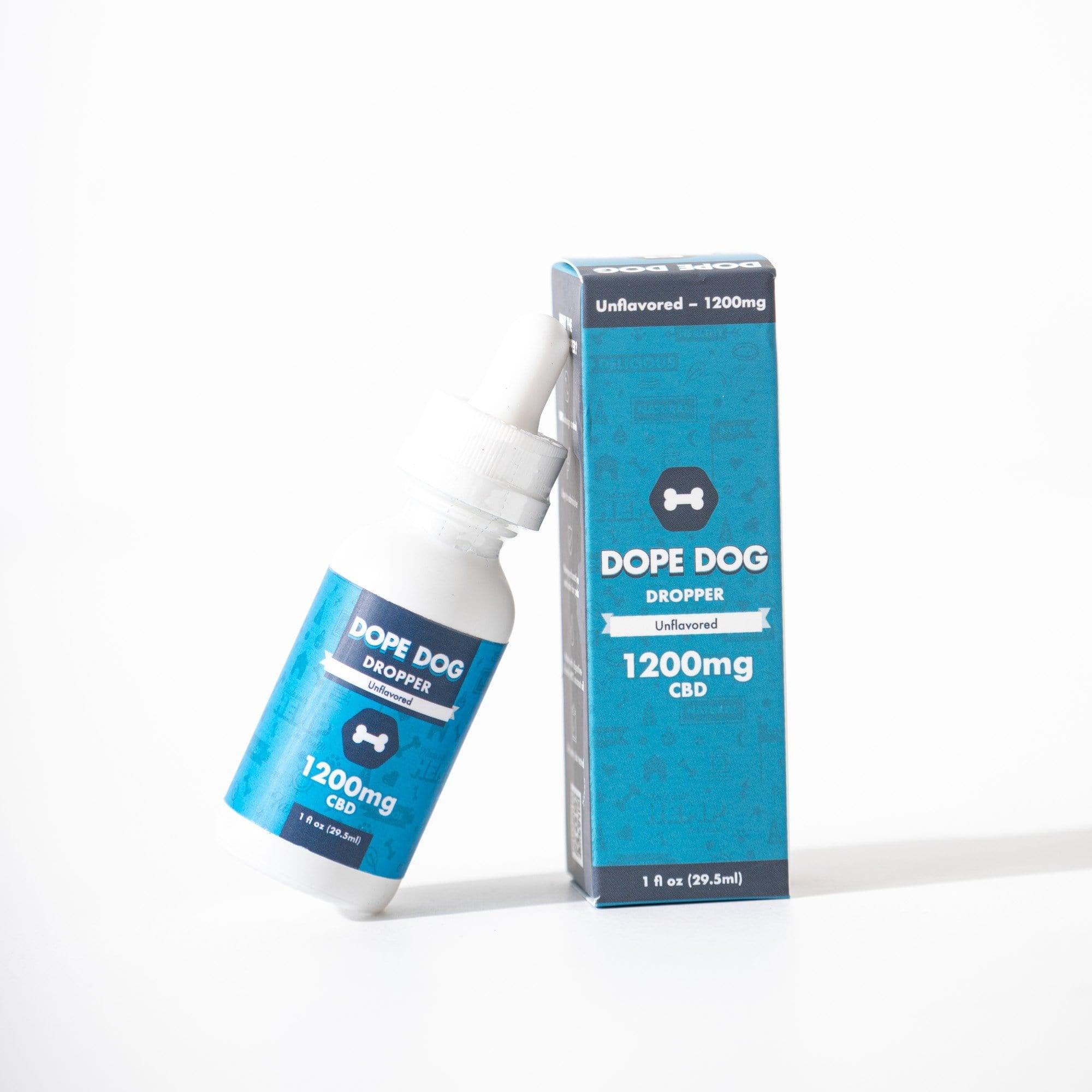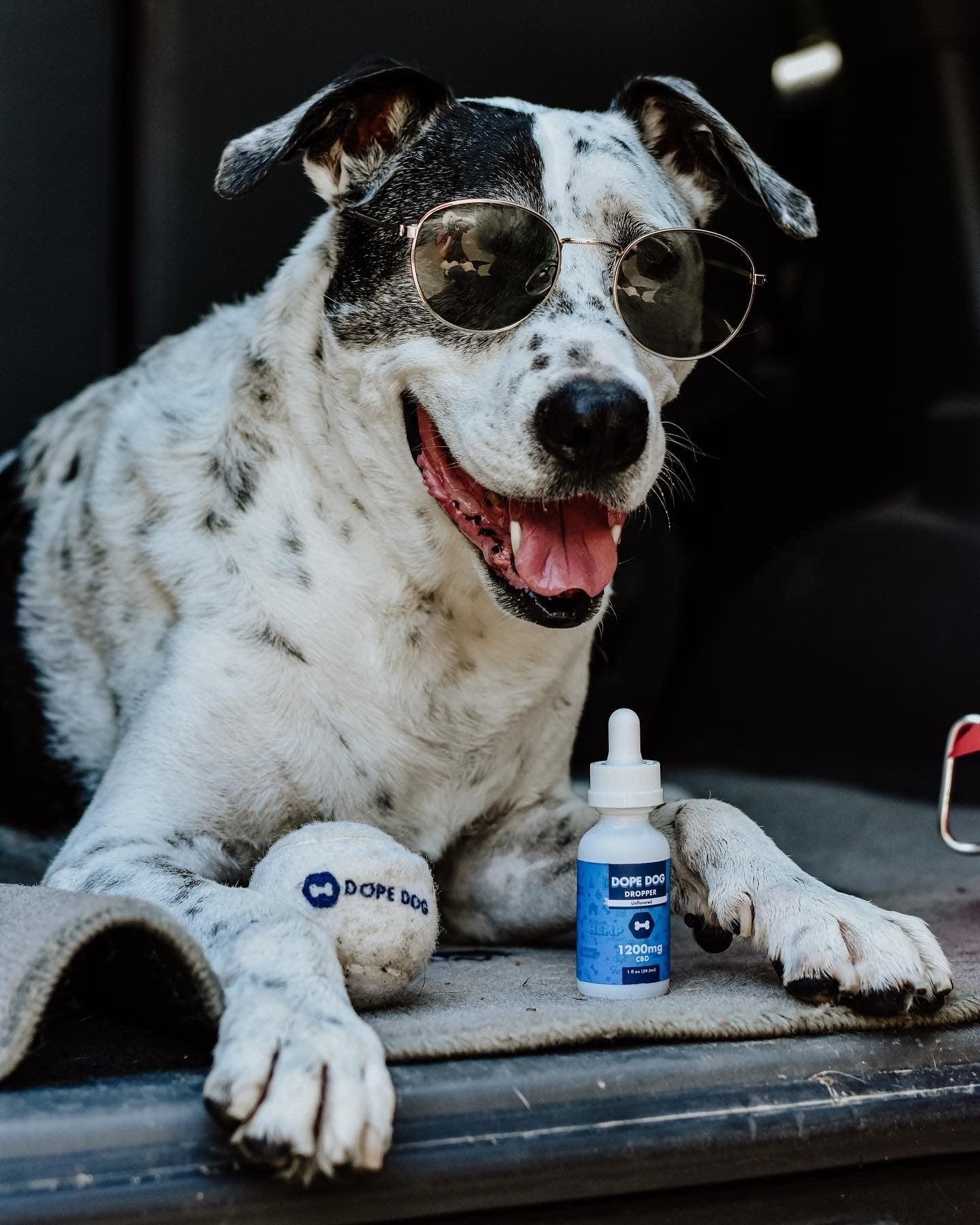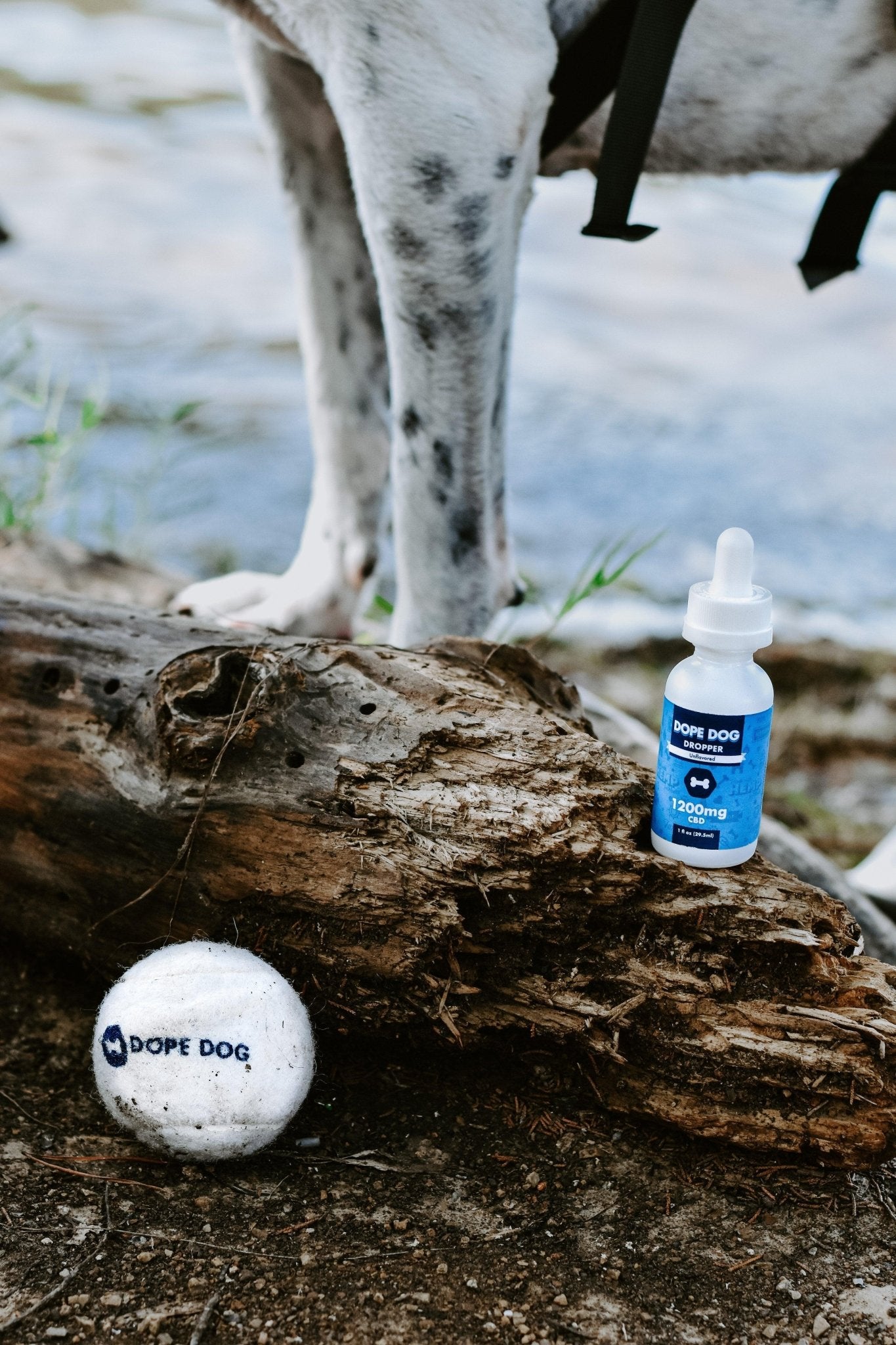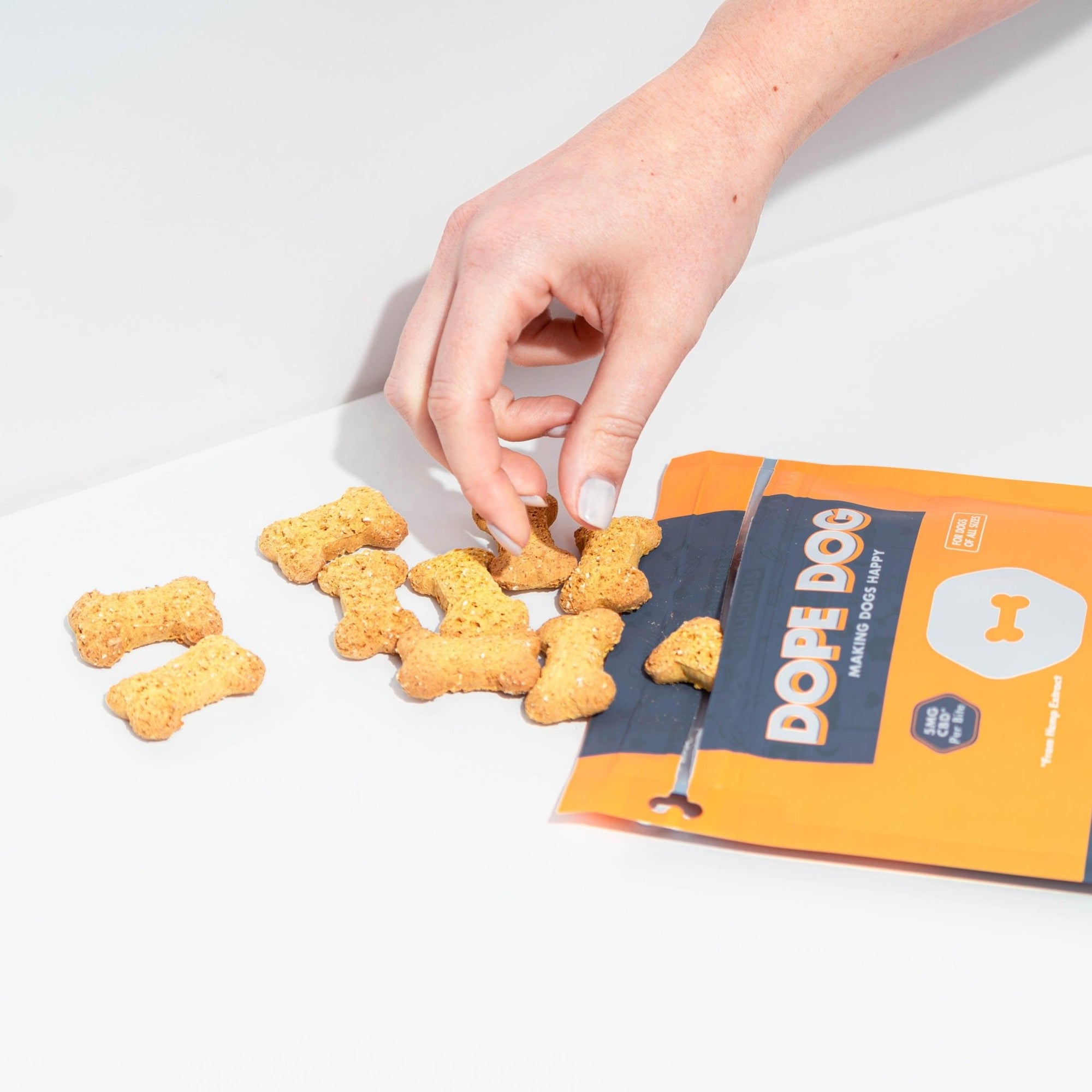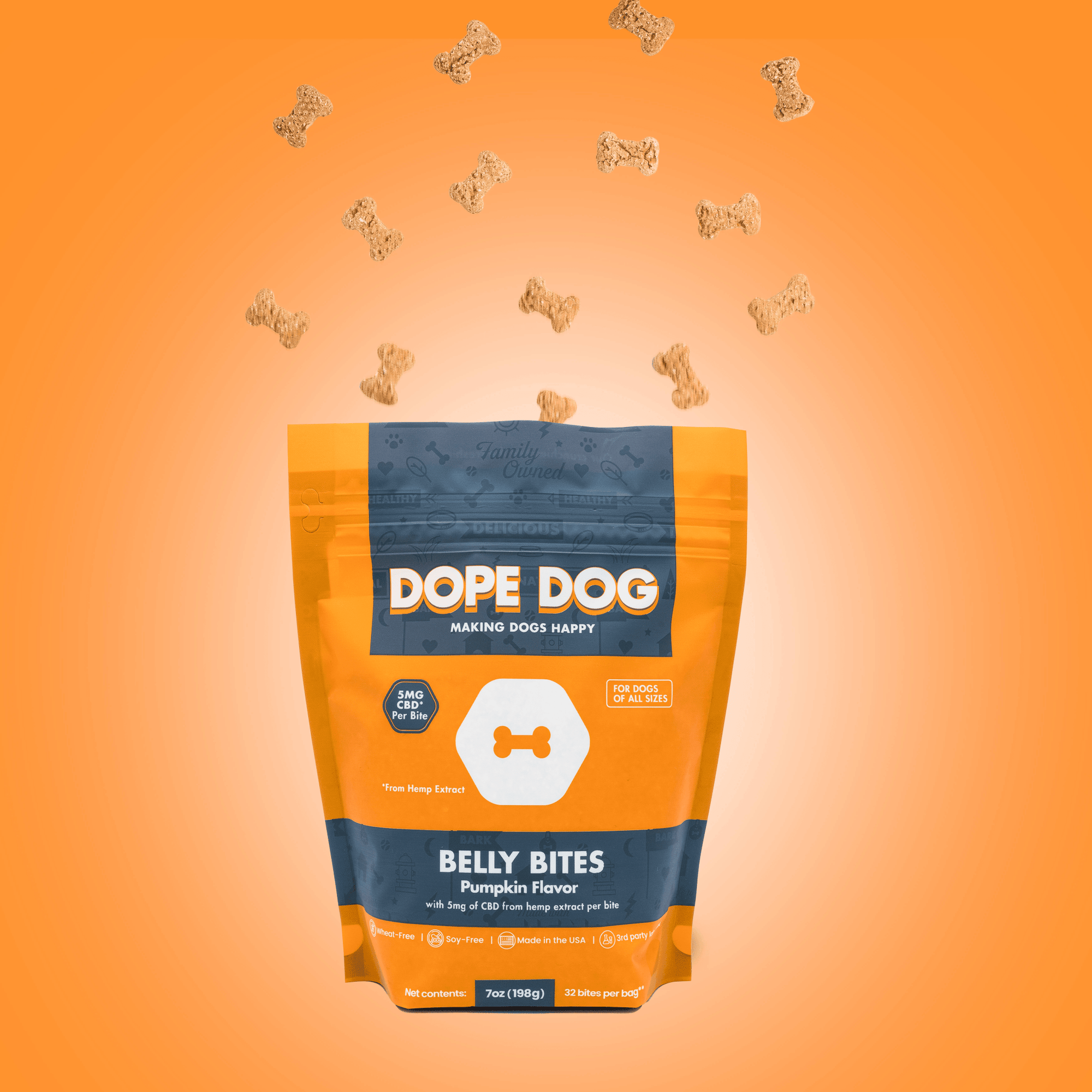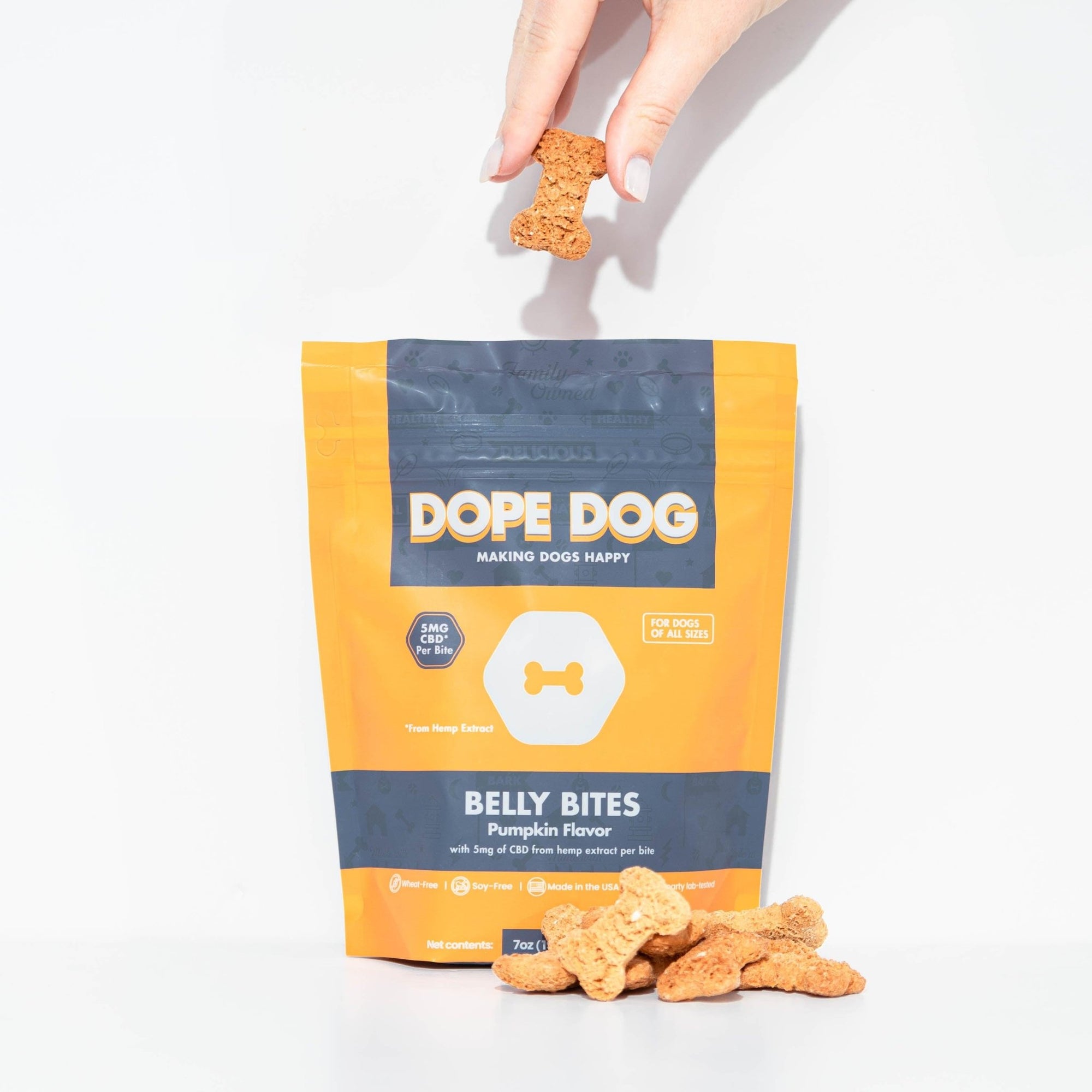Can Dogs Eat Raw Meat? Animal experts disagree over whether or not dogs should have a diet consisting mainly of raw meat. However, diets consisting mainly of raw meat, vegetables, fruits, and bones, are becoming increasingly popular for pets.
Wild dogs, sled dogs, and greyhounds who participate in races have maintained a diet of mostly raw food for centuries. However, this diet has only become popular within the last few decades for family pet dogs.
The idea was initially proposed by a veterinarian from Australia named Ian Billinghurst. He named the diet for dogs "BARF," an acronym for "Biologically Appropriate Raw Food" or "Bones And Raw Food."
Dope Dog has CBD oils that can spruce up any raw steak for your dog and reduce inflammation.
Related: Soothing Foods for Your Dog
The right diet
Billinghurst argued that most commercially available pet foods are harmful to pet dogs because they mostly consist of grains. He argued that adult dogs could thrive by returning to a diet resembling their early evolutionary stages before mass domestication.
His recommended diet consists of scraps of vegetables and raw bones with meat. However, the FDA and many high profile veterinarians do not agree with his claims. Many veterinary journals have published several research studies that document the risks of a raw diet for dogs.
Benefits and Risks

The supporters of the raw meat diet claim that it has many benefits. In addition to higher energy levels for the dogs, their skin and coats may become healthier and shinier. Proponents also claim that their teeth will be cleaner and their stool will be smaller.
Nevertheless, there are risks involved as the bacteria in raw meat can negatively impact the dog's health. Consistently feeding this diet may lead to an imbalanced nutrition and have a negative impact on your pet's health. The bones in the meat are large, potentially causing choking, broken teeth, or punctured organs.
Diet variations
Billinghurst published a book, "Give Your Dog A Bone," about his recommended diet for pet dogs. Since then, others have published books about dog diets mainly consisting of raw food. These diets include raw food that is commercially processed by freezing or freeze-drying it. Raw meat mixed with vitamins, vegetables, and grains to form a healthy combination of diets that the dog owner can purchase at the local grocery store.
There are many books and online resources that provide recipes for raw dog food and suggested meal plans. In 2007, it was reported that a lot of pet foods are contaminated with melamine. This was one of the factors which have led to the increased support for raw food in the dog's diet.
Typical diet
A raw diet for dogs will usually consist of muscle meat, ground or whole bones, and meat from organs like kidneys and livers. Other items include fresh eggs, broccoli, celery, spinach, vegetables, fruits, and some dairy items like yogurt.
Doug Kneuven, DVM, who is affiliated with the Beaver animal clinic in Beaver, Pennsylvania, confirms that raw food is more beneficial than processed foods for most animals. Kneuven is a consultant for Nature's Variety, a manufacturer of frozen raw foods, cooked dried and canned pet foods based in Lincoln, Nebraska, and also specializes in holistic medicine.
Related: 10 High Fiber Foods for Your Dog
Benefits
Barbara Benjamin-Creel is a pet owner from Marietta who switched to a mostly raw food diet after one of her three pet dogs was diagnosed with cancer. Though the diet change did not help the German Shepherd Scooter with cancer, she claims that her other two dogs are healthier with the new diet.
After two years, she said that her eleven-year-old dogs have more energy and have improved digestive function to tolerate the raw diet. She noticed improvement in her dogs’ coats and breath after the diet change.
Preparing and Pricing

To ensure quality and lower the cost, Ms. Benjamin-Creel makes the dog food herself. In the morning, she gives her dogs yogurt. In the evening, she mixes rice with ground beef, pork, or turkey.
Since ground meat is expensive, she usually purchases it during sales. She feels that it is worth spending more money to reduce health issues as they grow older. The cost of the raw diet depends on the ingredients that are used and the preparation method.
Typically, for a dog that weighs approximately thirty pounds, a commercially available raw chicken diet will cost $2.5 daily. Other raw meat meals may cost up to $5 per day. In contrast, a very premium, commercially available dry dog food will cost approximately $1 per day.
Enhance any dog diet with Dope Dog CBD oil!
Research
In 2001, the American Veterinary Association evaluated the different raw meat diets for pet dogs. The evaluation panel was headed by Lisa Freeman, Ph.D., DVM, who warns dog owners against giving their pet dogs raw food.
Freeman specializes in nutrition and veterinary medicine at Tufts University. She claims that pet owners are switching to raw food for the wrong reasons, mainly related to hype and rumors.
If the owner does not want to feed his dog with commercial pet food, they can cook a homemade meal for their dog. For a safe and balanced diet, it's advisable to have certified veterinary nutritionists design the meal plan for your dog. She claimed that the high-fat levels in the raw food was the reason for the shinier coat and other benefits.
According to Freeman, commercial foods with high-fat content and supplements would have the same effect on the dog as the raw meat diet.
In the report, two commercial raw food diets and three homemade raw diets were evaluated. It claimed that there were either excesses or deficiencies in these diets, which could adversely affect the dog's health in the long term.
Joseph Wakshlag, Ph.D., DVM, specializes in veterinary medicine, clinical nutrition at Cornell University college. He confirms that less fat results in a poor coat quality for the dog, yet a raw diet with excess fat and insufficient protein can cause anemia to the pet dog.
He also claims that homemade foods may not have adequate phosphorus and calcium, resulting in fractures of bones and dental problems for the dog. Incorrectly following the diet may lead to difficulties in digesting nutrients like calcium for the dog.
However, it should be noted that Joseph Wakshlag accepts some funding from Purina pet-care owned by Nestle.
Related: Foods Your Dogs Should NEVER Eat
Bacterial contamination

Bacterial contamination is another problem for pet raw food. In 2004, the FDA had made some suggestions for pet food manufacturers, to make it safer for the owners handling the food. Veterinary doctors and others who support raw food for dogs often specify that raw meat that humans consume and pet foods that are commercially processed may contain harmful e.coli bacteria.
When twenty raw meat-based diets for dogs were studied in 2006, it was found that 7.1% of the foods had salmonella, and 59.6% had e.coli bacteria. Dog feces can harbor bacteria that may cause infections in humans. However, four other dry and canned dog foods, including all cooked meals and one brand of dry food, also tested positive for the presence of E.coli bacteria.
For natural, nutritious, tasty, and healthy food, check out Dope Dog CBD treats and oil!
Kneuven claims that handling raw food is like cooking chicken for the family, so cleaning it is necessary. The FDA document, which offers guidance for raw food manufacturers, recommends that a raw-meat diet should have sufficient phosphorus and calcium required for healthy bones.
However, excess liver in the diet could result in Vitamin A toxicity if the diet is continued for a long time.
Even Kneuven agrees that raw food is not suitable for all types of dogs. It's because of the high protein content that diets with raw meat are not ideal for dogs with liver and kidney problems.
If the dog has GI problems like pancreatitis, then a cooked diet is recommended to prevent aggravation of the illness. If the owner is serious about converting the dog to raw food, then it's best to do this gradually.
Dogs with cancer and puppies should not be given raw food. If the puppies do not get the right amount of phosphorus and calcium, it can adversely affect their growth and cause deformities in the bones.
Final Note
There are some benefits of giving your dog raw meat and other raw food, but you should also be aware of the safety issues. Raw meat in the form of chicken, pork, beef, turkey, and other meats is recommended for healthy adult dogs. However, these meats are more expensive compared to commercially available dry dog foods. Therefore, if dog owners want to incorporate raw meat in their beloved canine friend's diet, then they should get ready to break the bank.
There is a lot of controversy and speculation about this topic. The best thing to do is to experiment or to give dog food one day and raw food the next. Afterward, giving your dog a variety would only provide more nutrients and vitamins in their body to support health and a robust immune system.
You can also provide CBD dog treat from Dope Dog to incorporate something relaxing and tasty.
Related: Why won't my dog eat? What you need to know.
Please note that this article does not intend to provide medical advice. Go to your pet’s veterinarian for an accurate diagnosis and medical information.
